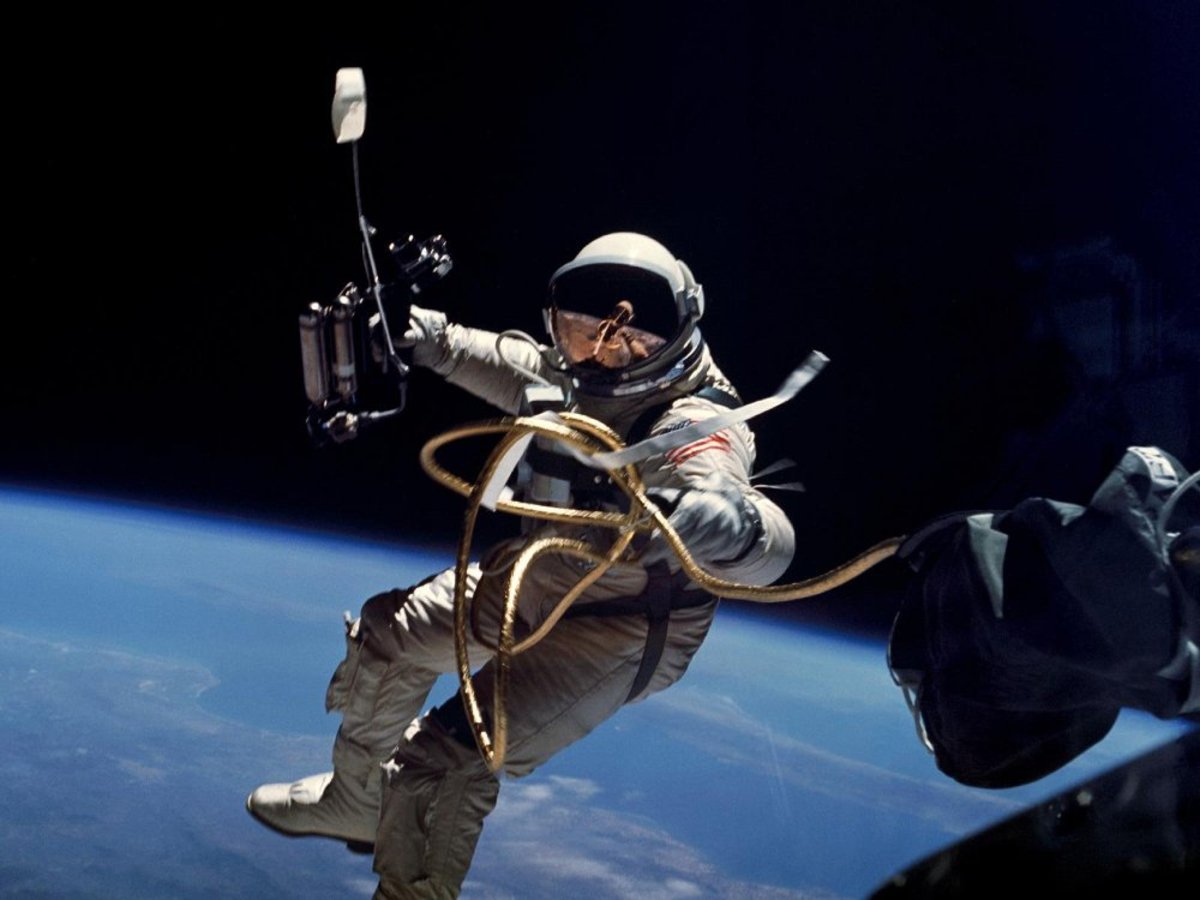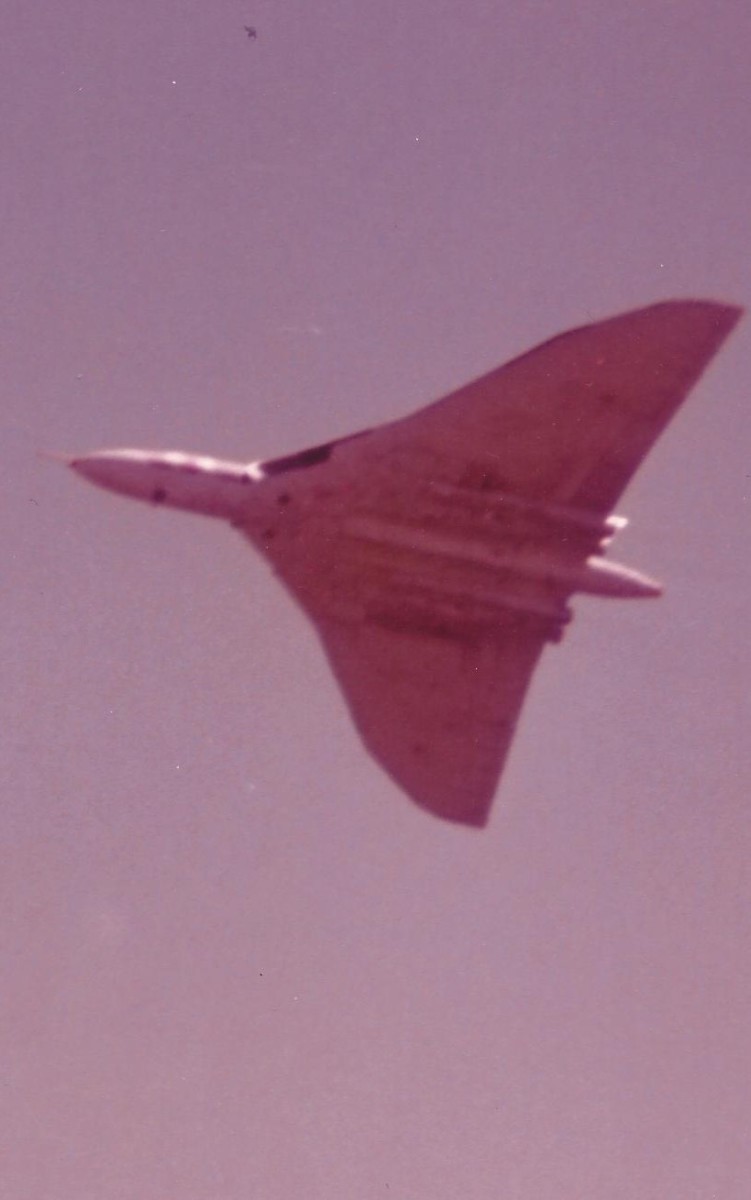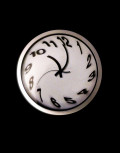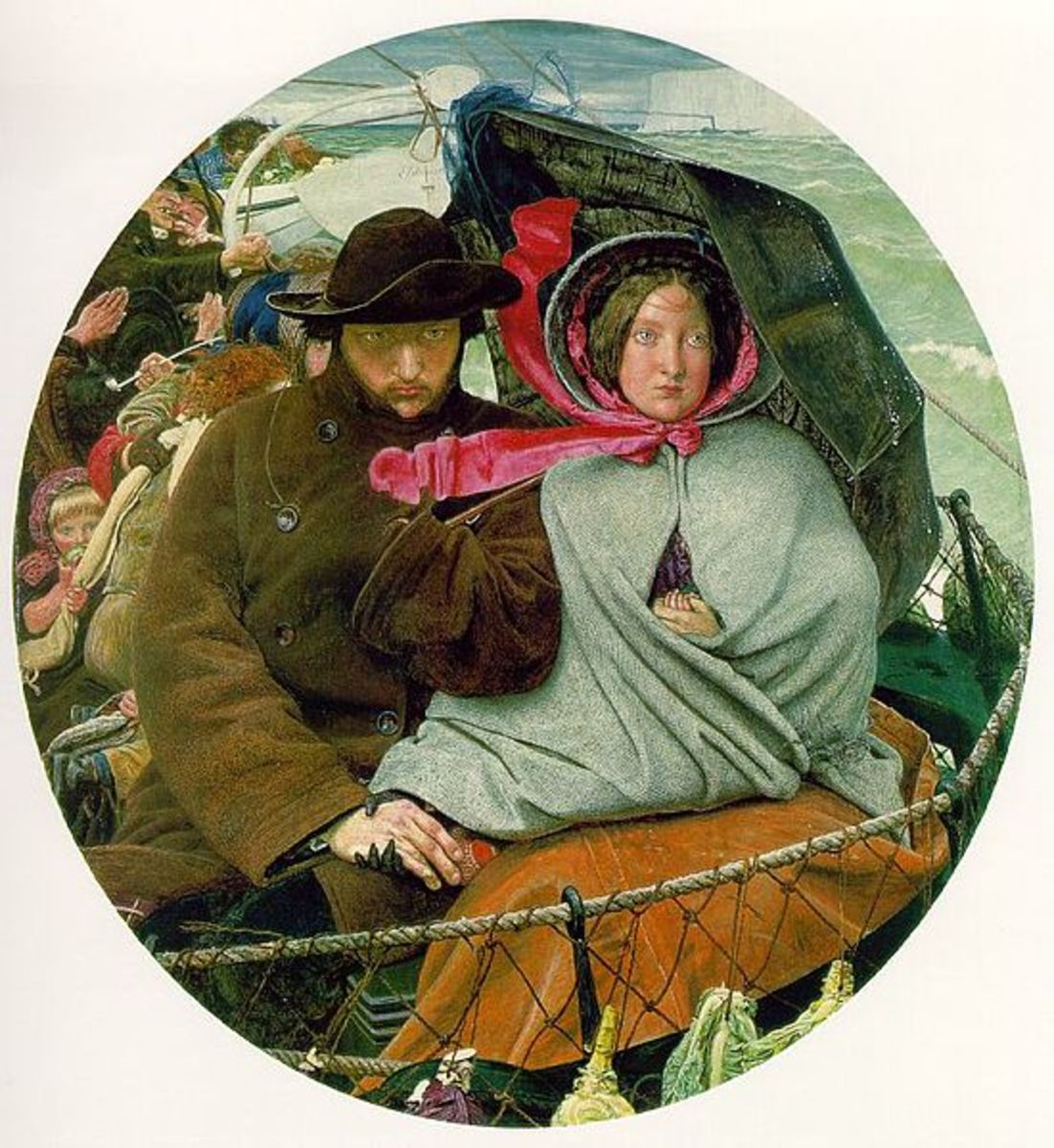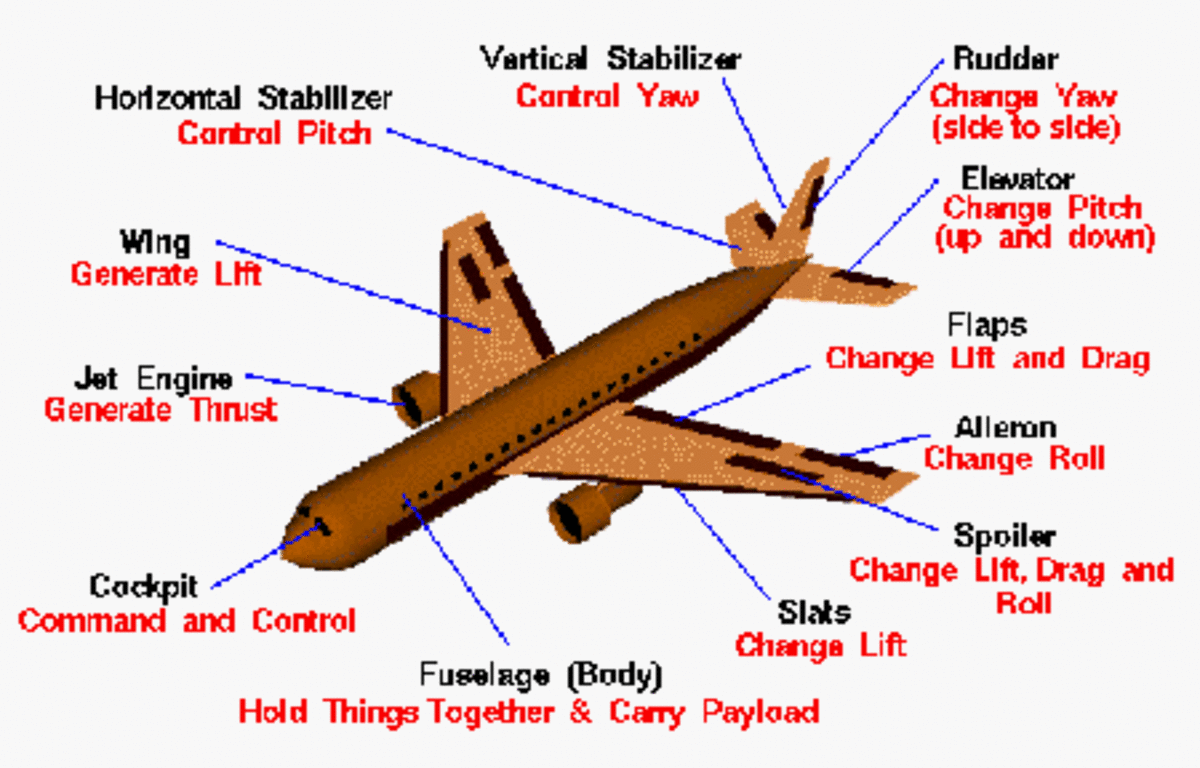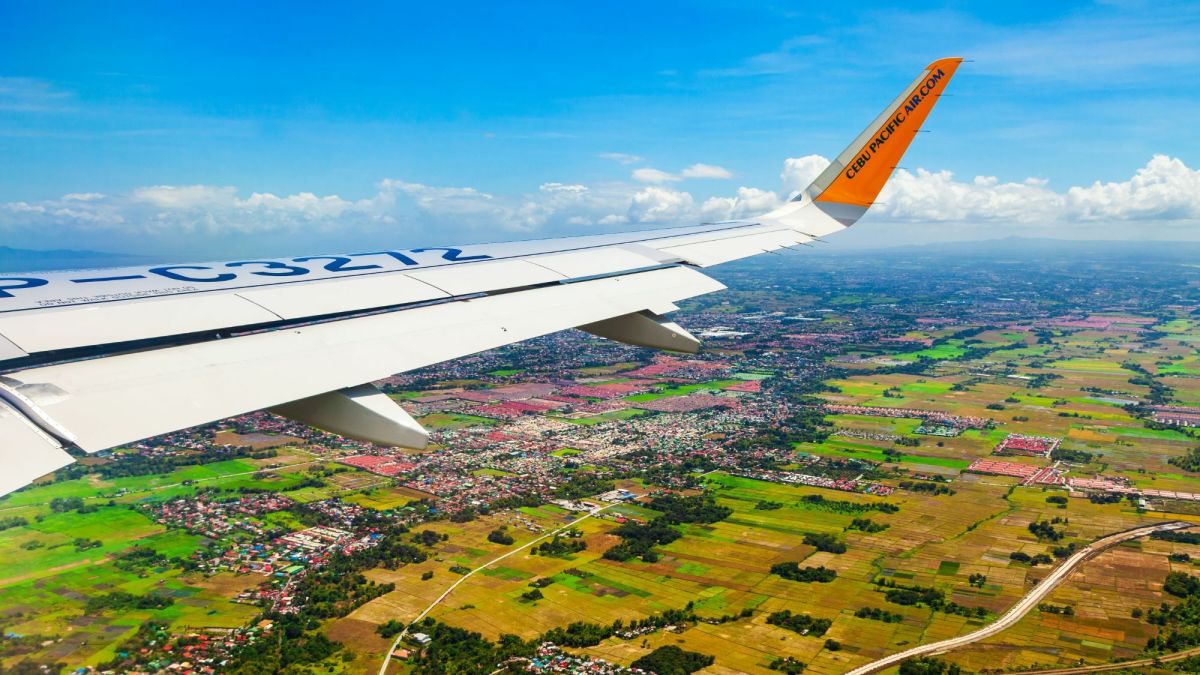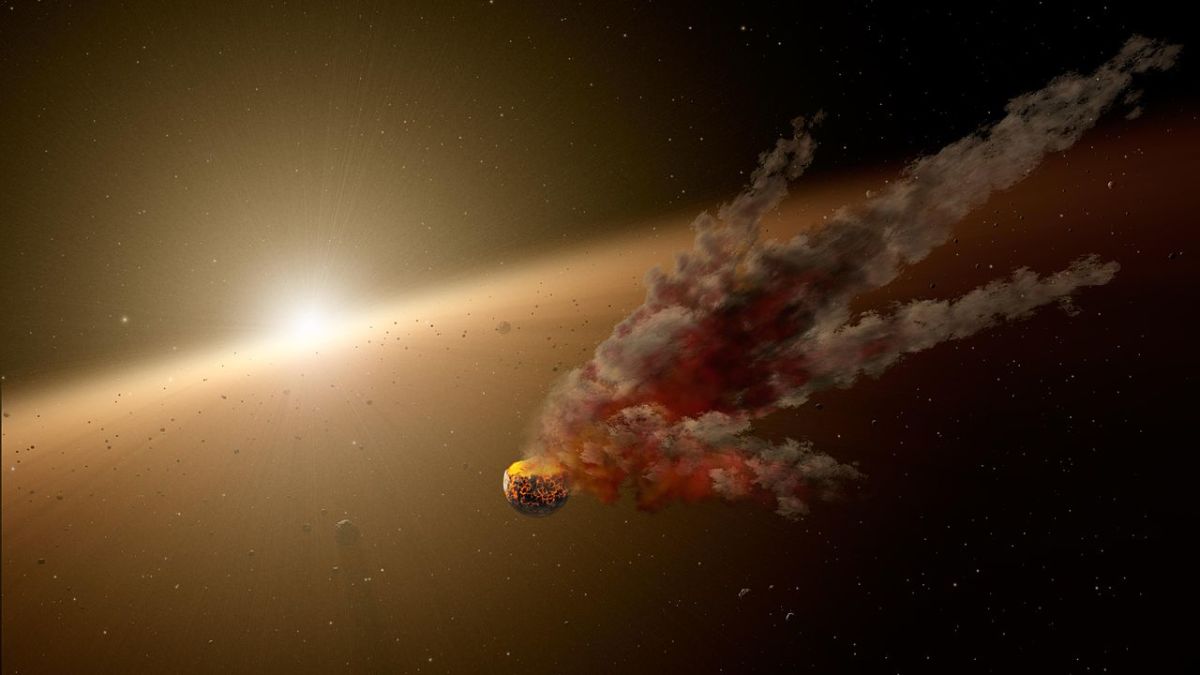Taking a Look at the International Space Station
The International Space Station Orbiting Earth
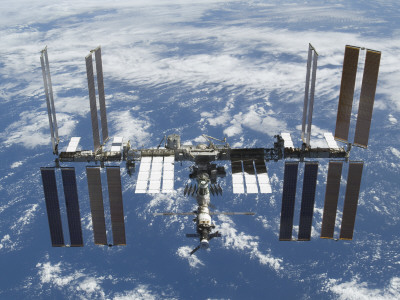
What Is The International Space Station?
Space Travel - Living in Space, a compelling and fascinating phenomena that man has achieved in a relatively short space of time.
The International Space Station, also known in its abbreviated form as ISS is a space station constructed by man that orbits the earth at a distance of between 330km (205mi) and 410km (255mi). It orbits earth 15.7 times a day and travels at an average speed of 27,724km per hour (17,227mi per hour) taking 92 minutes to complete one journey around the earth in low earth orbit.
Assembly on it began on it in 1998; its purpose is to serve as a research centre in space for experimentation. Experiments and research include astrobiology, astronomy, human research, space medicine, meteorology and the various sciences including physics.
The station can be seen from earth at various times as it orbits earth a number of times every day. There are 45 minutes of daylight and 45 minutes of night for those living on it every time it travels on its orbit. It is an amazing feat of man who loves to explore new places in the cosmos, having been to the Moon and now looking at getting the first man to step onto Mars in the future.
Despite the fact that the first human being went into space in 1961, more than 50 years ago, it is fascinating to think that he has established a station that people can live in for extended periods of time. Although the scientific aspects of this endeavour are intriguing I am more interested in the human element involved, the living conditions and how people adapt to living in such circumstances.
An Astronaut Working on the ISS
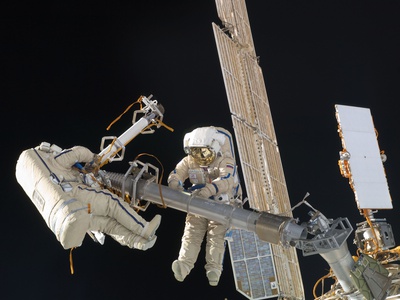
Man's First Occupation of The ISS
The first expedition to The International Space Station was in November 2000, the millennium year and people have lived in it from that time until the present. Initially 3 people stayed on it for over a month but it has since been visited by astronauts from 15 nations.
Different countries are involved in the space station, four of them being the USA (NASA), Russia (Roskosmos), Canada (CSA), and Japan (JAXA). The European Space Agency (ESA) also has a number of countries that participate in this massive project.
Initially its mission was to serve as a laboratory in space as well as a factory and observatory. It was also intended as a base for missions to other planets and as a maintenance centre for spacecraft. It has since acquired new purposes such as those of an educational and commercial nature.
Research in the scientific field involves measuring the long term effect of space travel on people so as to prepare man for future probes into space. The station is split into two sections, the United States Orbital Segment (USOS) and the Russian Orbital Segment (ROS).
In 2014 Russia announced that from 2020 they will no longer transport United States astronauts to the space station.
Those interested in astronomy and the cosmos are kept in awe of how incredibly vast the universe is and how much more there is to explore.
What Is the Function of the Crew Members?
It must take a lot of courage to become a worker on the ISS as they have to leave family and friends behind and spend time in an environment that is different to that of earth, sometimes having to work in cramped conditions and coping with the challenges the apparent weightlessness brings about.
Their tasks include cleaning, checking and maintenance of equipment and the repair of damaged equipment.
The crew rise at 6 in the morning and get ready for the days activities. They conduct an inspection of the station then have breakfast. After eating they engage in planning with mission control. They start work just after 8 and continue until soon after 13.00. The schedule for their working day is never quite the same but part of their time consists in doing exercises for anything from 2 to 4 hours in a 16 hour time period. This is not just to keep in shape but also to prevent a disease similar to osteoporosis that astronauts in the space station may suffer from.
After an hours lunch break they work until 19.30 when they start to prepare for before-sleep activities, have supper and attend a conference. Bed-time is at 21.30 and a normal working day is 10 hours per day during the week and 5 hours on a Saturday. The activities for the day can last up to 16 hours due to time also being taken up by exercise, rest and meals. There are occasions when crew members have to see to some unfinished work.
At times crew must do a spacewalk outside the station for maintenance and repairs and this is no walk in the park - it is a dangerous activity. Humans cannot live in space without a protective space suit or in a craft, the radiation field is intense. The ISS is to some extent protected from radiation in space by the earth's magnetic field.
Living Conditions, Mealtimes
Apparently it's not so easy living in a spacecraft, those who venture into this arena have no choice but to adapt to living conditions.
Astronauts and cosmonauts sleep in crew quarters, their body-clocks get thrown out of place and stress is an issue due to factors such as living and working in cramped conditions. Difficulty sleeping is a common problem and they may have a problem communicating with each other because of language differences as well as the different fields of expertise they are involved in. There are always 3 to 6 crew on board and missions can sometimes last for up to 6 months.
In their leisure time crew members use their laptops to watch movies and even email family which only became possible a few years ago - phoning home is also possible. In addition they listen to music, play musical instruments, read, and engage in hobbies such as photography and sketching.
Most of the food is vacuum sealed in bags, plastic ones. The food generally doesn't taste good so crew often add sauces and spices to enhance the flavour. They are happy when spacecraft from mother earth arrive with fresh fruit and vegetables. Food has to be fastened to trays with magnets and is eaten in the traditional way with a knife and fork.
There is a problem with crumbs of food which float off and land on air filters and other places in the station. These crumbs have to be collected so they don't clog up equipment and filters.
Their drinks are in powdered form which is mixed with either hot or cold water; they drink from plastic bags with straws. Eating and drinking which to us on earth is a pleasurable and relatively easy pastime is somewhat challenging for those living on the International Space Station.
Crew going on board for the first time may not feel well for a few days and experience congestion. Muscle waste also occurs when they are in space for a prolonged period of time.
Astronaut Meets Cosmonaut in Space
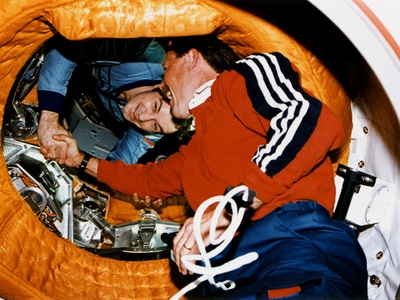
Stress - 'I Need Some Space in Space'
The stress of living and working together in confined spaces is a major factor in the life of crew members. Crew feel they have to perform well because of the seriousness of their situation and being under the watchful eye of the authorities - this can result in feeling tense.
Having to move about without bumping into objects takes practice, washing themselves is not easy, crew use wet wipes and water jets. Showering was found to be too difficult to accomplish satisfactorily.
When using the toilet they must be strapped down and a suction air stream removes waste. A lot of adaptation takes place in the life of an astronaut and living in such ways for a long time can't always be easy.
Although crew can communicate with family and friends they feel cut off from them and estranged from their normal daily lives on earth.
There is the threat of the station being hit by orbital debris which causes some worry for crew. Scenes in movies of battles in space might even become a reality one day but hopefully this won't be the case as nations are attempting to work together.
A Personal Note
Space Exploration and Astronomy are fascinating subjects that interest me but I could never see myself travelling in a space craft and living on the ISS. Apparently people are booking their tickets to Mars as it is the aim of Space Travel for man to land there some time in the future, probably the not too distant future.
I would rather leave it to the ultra-brave to attempt such amazing feats. Imagine yourself being involved in a mission to the ISS, perhaps you would just love to go there. Please take the Poll.
Any other writings or advertisements here other than the what I have written are not necessarily the views or beliefs expressed by myself, the author.
Taking That Giant Step
Have You Ever Considered Becoming a Crew Member of the International Space Station?
This content is accurate and true to the best of the author’s knowledge and is not meant to substitute for formal and individualized advice from a qualified professional.
© 2014 David Edward Lynch

